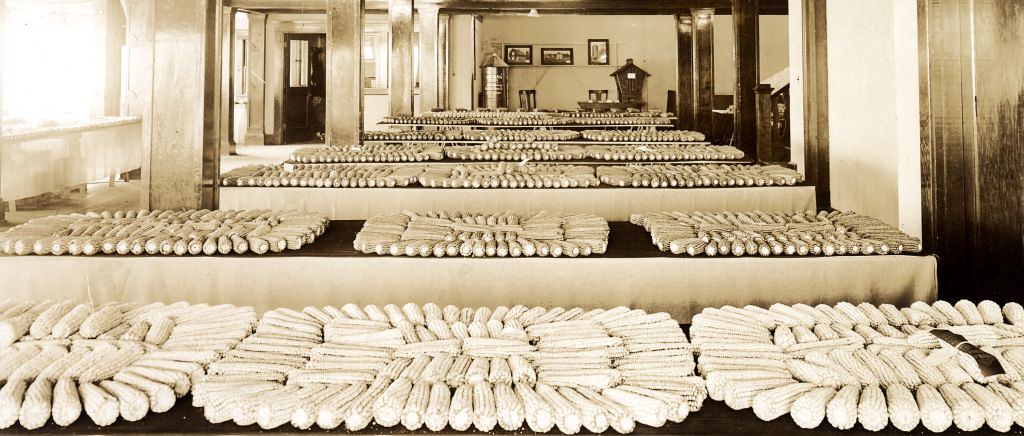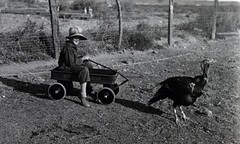Honoring 50 years of the University Archives and 25 years of the Special Collections at OSU, we’re celebrating our merger this year with a palette of events highlighting Beaver history!
Lace up your sneakers and join us Saturday, October 1 from 2:30-4:00 for a fabulous outdoor historical walking tour of campus buildings! Some lost, some forgotten, some just moved to another spot… OSU Archivists Larry Landis and Tiah Edmunson-Morton will walk you through history to discover the “forgotten landscapes” of campus.
Using historic maps and photographs, Tiah and Larry will reveal what’s here, what’s gone, and what is somewhere else. We’ll bring places like the campus gazebo, brooder house and octagonal barn back to life! Please let Tiah know if you want to join us! tiah.edmunson-morton@oregonstate.edu
Meet in the Valley Library on the 3rd floor in Archives reference room.









